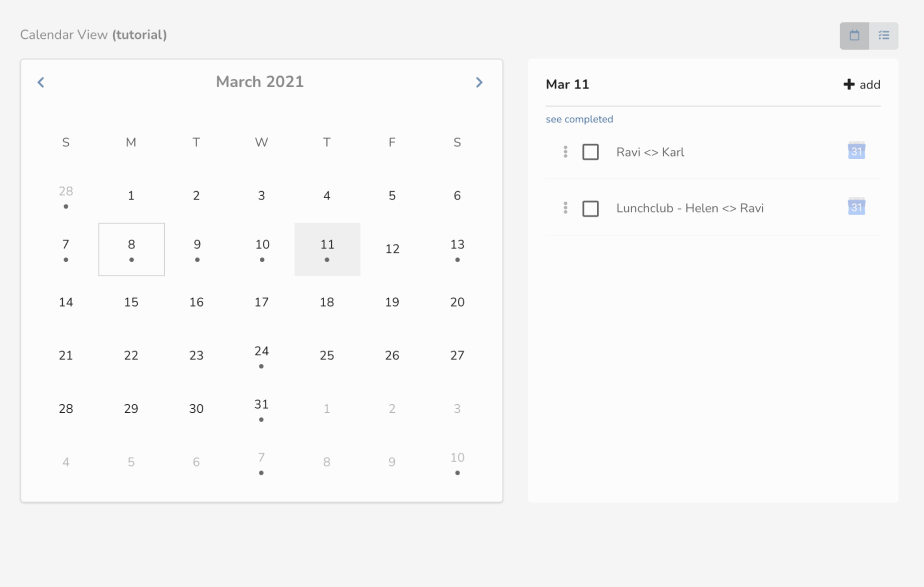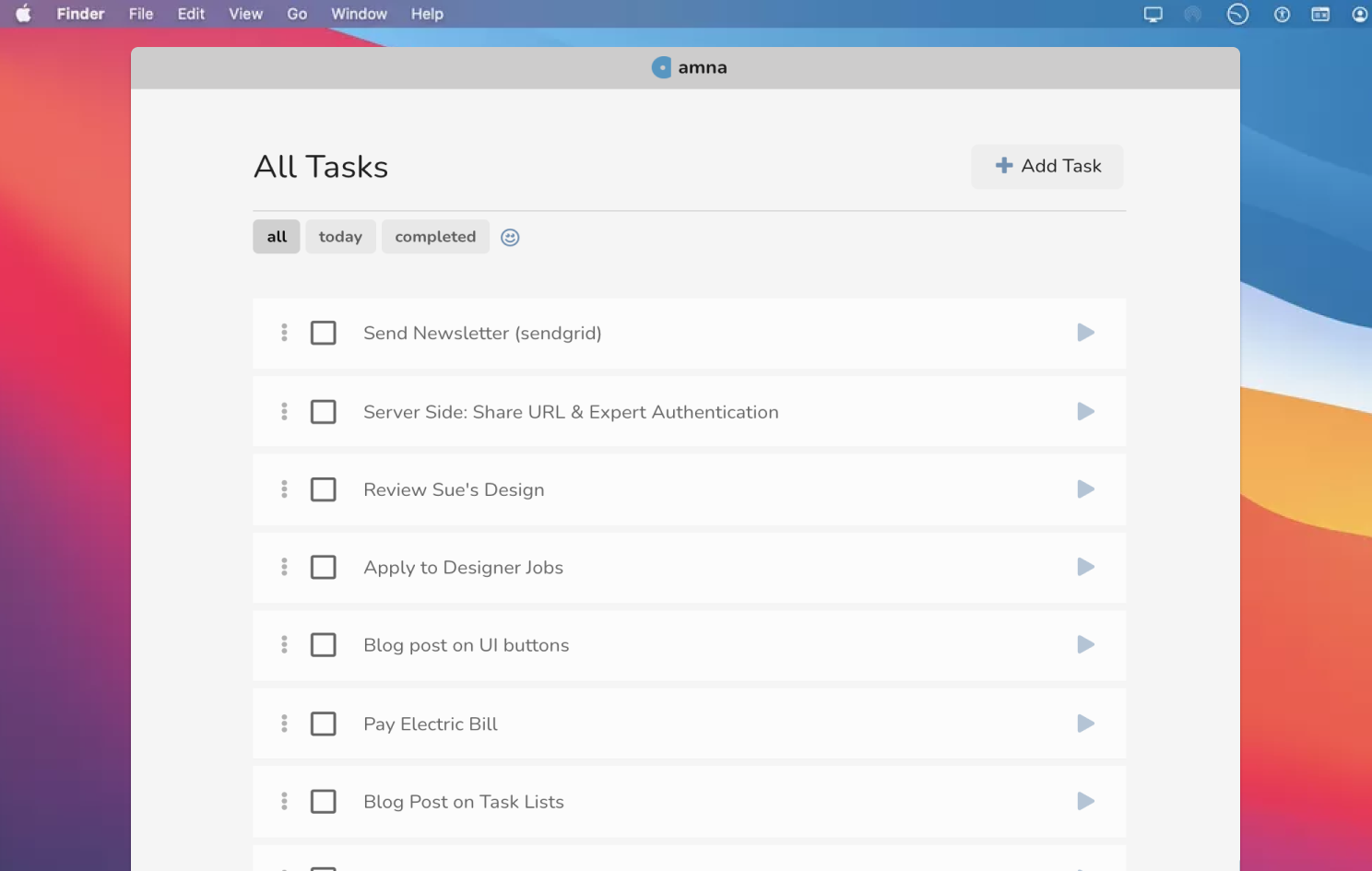As an ex-product manager at a large company (Microsoft), I thought my product skills would translate over to the startup world. I thought that knowing how to build a product meant that I would also know how to sell it.
First time founders are obsessed with product.
— Justin Kan (@justinkan) November 7, 2018
Second time founders are obsessed with distribution.
Most products I’ve worked on at larger companies have had pre-existing customers. So a lot of the focus has been on new feature discovery. But surprise, in a zero-to-one startup, those customers don’t exist.
Most product frameworks rarely talk about distribution. Distribution is how we’re going to get our product out there. This often falls under marketing.
As an engineer and ex-product manager, I fell into a trap of over-building.
The 2 variables of growing a product
If you want more people to use your product, you need to figure out two variables first:
- Acquisition: how are we going to get new customers?
- Retention: are your new customers staying?
I would say that anything you build in your product after your core product is geared towards retention. As an engineer, it felt easier to build new features in the hopes of getting new customers. I discovered a problem and the natural thing I wanted to do was fix it. However, over time, this led the product to feel unfocused.
For example, when I was building Amna, I made the jump to build a calendar view that helped people log their tasks daily.

Each day is associated with a set of tasks
At the time it made sense - a place to see your tasks on a daily level. I thought it would also be a good way for me to reach a more calendar-heavy and time-blocking productivity audience.
However, this was before my core customers had asked for it. In the end, it distracted new users from what Amna was good at: simple task management.

This view clicked for more people
The calendar view added complexity for our current users. It was also a lot more complexity to maintain, and was never good enough for the other 3rd party calendar users.
Instead of asking what new things to build, I should have focused on reaching more people who were resonating with my existing product. Rather, I spent more time shuffling features around in the product.
The question wasn’t about getting more people; it had to be more about getting people that would actually stick around.
Lessons for Distribution
I don’t think there’s a magic answer to finding distribution for a product. Personally, I found that the productivity market was a little fragmented. My friend John has a good post on why you may not want to build one. For me, it meant that dropping another productivity tool into the world was harder than I expected.
Here were a couple of lessons I’d do better next time:
-
Live in a store. Stores have distribution and marketing channels already built around them. Think App Store, plugins store, extensions. I found selling Figmage to be way easier than Amna. That’s because Figma, for example, had existing Twitter groups, Slack channels and community around people just wanting to try plugins.
-
Don’t assume a Slack channel or a group is a community of willing individuals to buy. Go with the assumption that only one person on there, if you’re lucky, will end up even trying the product.
-
Build network effects into your product. For example, Wordle made it super easy to paste your scores into a group chat. If people are going to enjoy something in your product, bake in some way they can tell more people about it.
Parting Lesson
In the end, I ran out of time to keep working and iterating on Amna. Sometimes things get so tangled that it’s better to work from a clean slate.
If you’re navigating this journey right now, I wish you the best of luck.
